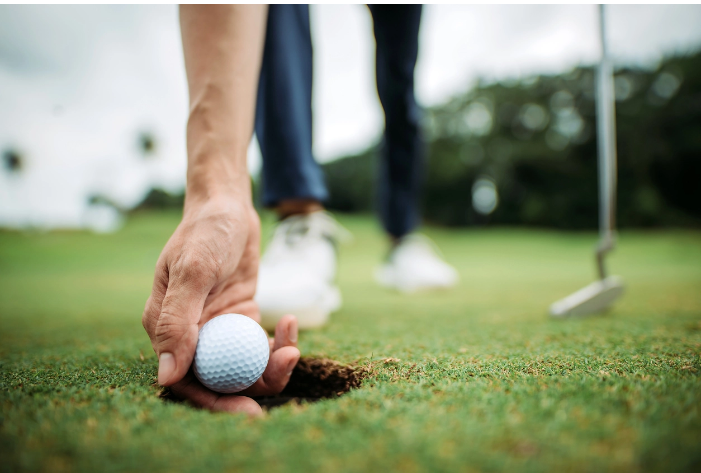
By: Pramod Thomas
The University of St Andrews has said that Golf and Cricket were ‘imposed’ around the world by the British Empire, according to a report in The Telegraph.
A new exhibition by the University examined the sport’s contentious links and found out that Golf balls were the product of colonial exploitation.
The Fife town of St Andrews is known as the ‘home of golf’ for its 600-year playing history.
According to the institution, Cricket also was an imposition as it was similarly carried across the globe by amateurs from the UK.
The display information at the St Andrews exhibition said that Golf balls were once made using rubber harvested from colonial territories.
It added that British enthusiasts established Golf clubs from South Africa to Hong Kong.
“By recreating and imposing British sports in colonised countries, golf and cricket were spread around the world. Natural resources from colonised countries were exploited to make sporting equipment,” the display information says.
“Gutta percha, a natural rubber material found in trees native to south-east Asia, was harvested to make golf balls for the European market.”
The information is displayed next to the Karahi Golf Club Cup, the prize given by one of the many British-founded clubs in India during British rule. Such clubs were also formed in Canada, Egypt, Sri Lanka and Malaysia.
Gutta rubber grew most abundantly in Malaysia, which was formerly held by the British. Victorian scientists discovered that rubber was the perfect and profitable material for covering burgeoning telegraph wires.
Its natural bounce also made it ideal to make a new ‘gutta ball’. According to the report, it was invented in 1843 by St Andrews student Robert Adams Paterson, replacing the older ‘feathery ball’ made from feathers and stitched leather.
Meanwhile, some experts warned about the ecological damage caused by rubber plantations in the region.
Museum Galleries Scotland funds the exhibition which also supports a nationwide review of national ties to the slave trade.
The event, which runs at St Andrews affiliated Wardlaw Museum until October, highlights the financial connections between St Andrews and the figures who profited from slavery.
The Re-collecting Empire exhibition also includes displays arguing that European textile mills created wares inspired by styles “that originated overseas” in the colonies – and therefore “exploited the originating culture”.
It is part of St Andrews pledge to continue ‘examining the legacies of Empire in our collections and exploring how we can build a more equitable future’.
“The Re-collecting Empire exhibition opens at a time when museums and galleries across the UK and beyond are rethinking how best to care for objects in their collections that were acquired during periods of colonial rule,” Dr Emma Bond, exhibition consultant and St Andrews academic, told The Telegraph.
Golf has been played in St Andrews since the 15th century. Land was set aside for people to play the sport in 1552.
The Royal and Ancient Golf Club of St Andrews, founded in 1754, is also credited with first codifying the rules of the game in its recognisable modern form.
